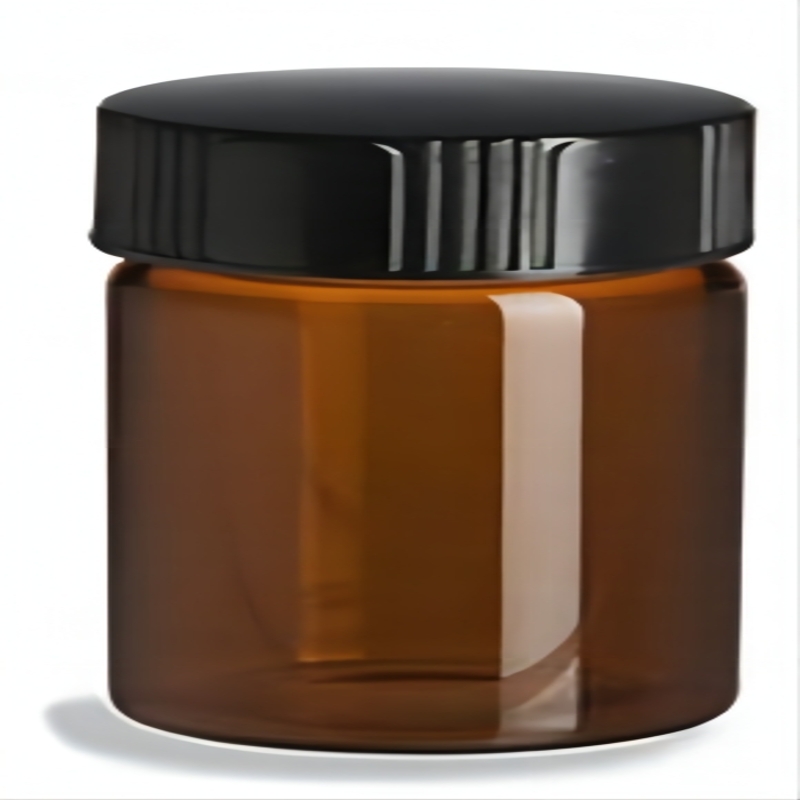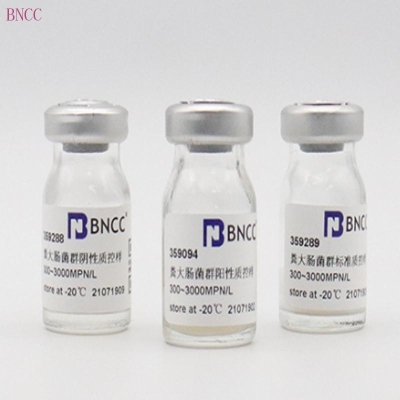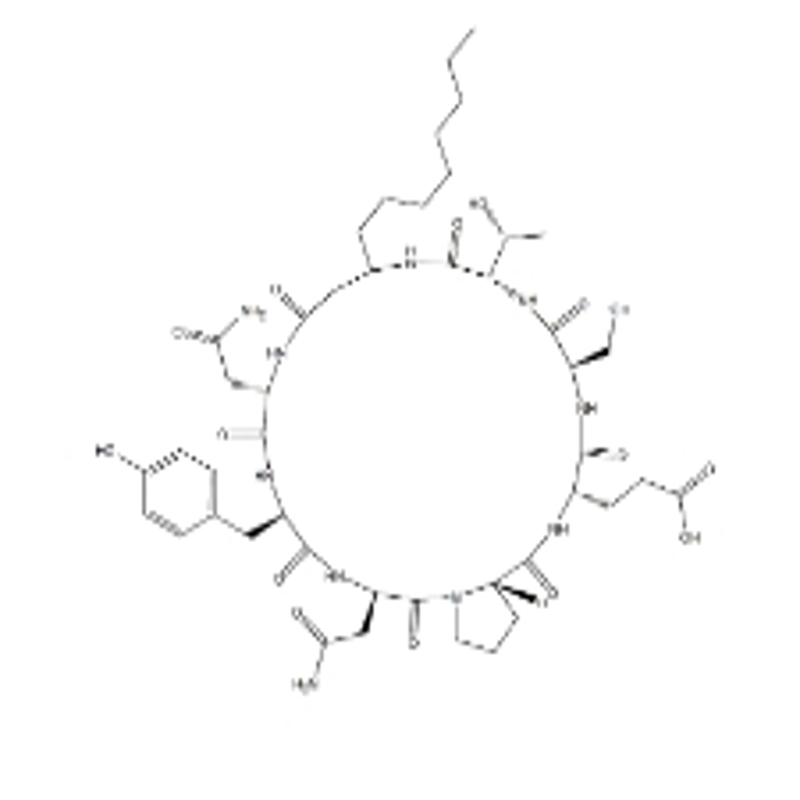-
Categories
-
Pharmaceutical Intermediates
-
Active Pharmaceutical Ingredients
-
Food Additives
- Industrial Coatings
- Agrochemicals
- Dyes and Pigments
- Surfactant
- Flavors and Fragrances
- Chemical Reagents
- Catalyst and Auxiliary
- Natural Products
- Inorganic Chemistry
-
Organic Chemistry
-
Biochemical Engineering
- Analytical Chemistry
-
Cosmetic Ingredient
- Water Treatment Chemical
-
Pharmaceutical Intermediates
Promotion
ECHEMI Mall
Wholesale
Weekly Price
Exhibition
News
-
Trade Service
Methods for isolation of small plasmids (usually cloning vehicles) from genetically characterized strains of
Enterobacteriaceae
(
Escherichia coli
and
Salmonella)
are well established (
1
–
3
). This chapter seeks to complement them by describing reliable basic methods for detecting and isolating larger, native, plasmids from less well-characterized bacteria. The methods presented here were developed for isolating plasmids from the Gram-negative bacterium
Legionella pneumophila
. Like the enteric bacteria,
L. pneumophila
belongs to the gamma-division of the Proteobacteria (
4
), but differs markedly from them in many respects. Its
DNA
is AT rich (GC = 38 mole%) (
5
), and its cell wall is less susceptible to lysozyme (
6
), owing to its distinctly different structure. The protocols presented herein are similar to those used for isolating plasmids from bacteria belonging to a wide range of very different genera, e.g.,
Mycobacterium
(
7
),
Rhizobium
(
8
,
9
), and may be used as the basis of techniques for plasmid isolation from yet different species.







